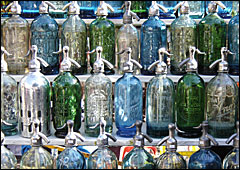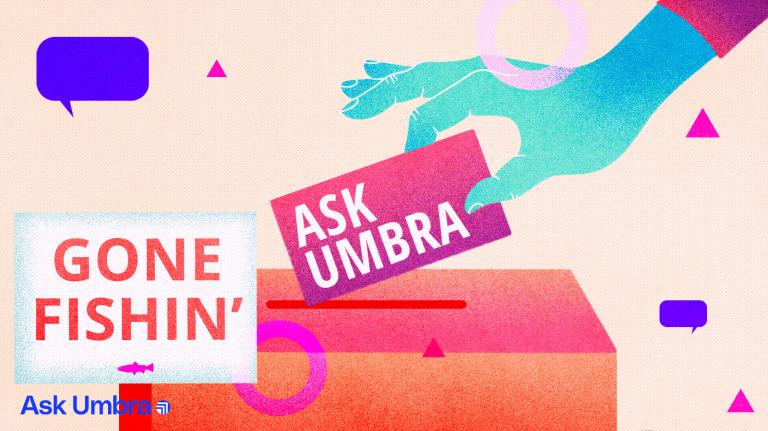Dear Umbra,
I love drinking fizzy water, especially in the summer, but I am appalled to learn that the plastic bottles use petroleum in their production. Plus, hauling them home from the supermarket burns gas. I’ve been looking at seltzer bottles, also known as soda siphons, the original source of carbonated water, and also much fun in Marx Brothers movies.
Once I bought the siphon, the only cost would be the charging capsules, and that would be about the same cost per quart as the bottled water. But I would like to know if the charging capsules are refillable or recyclable, and in general, would this be a step in the right direction, ecologically?
Jan Griffith
Minneapolis, Minn.
Dearest Jan,
I’m sorry you got a rude shock when you found out about the link between plastic and petroleum, and I’m curious about what you used to think plastic was made from. It’s quite hard to find any product that does not use petroleum to fuel its manufacture, and alas, most plastic is petroleum-based.
I’m answering your question partly out of self-interest. I too like the carbonated water, and I too love movies from the 1930s in which soda siphons play supporting roles. It may be my bias, but I think soda siphons are a good choice and muy suave, although seltzer is not one of life’s necessities. All seltzer will release a tiny amount of CO2. Should one just do without and drink still water? Egad.
Soda siphons fall into the category of a durable object that will replace a disposable object, and we generally like durable objects. There are other related consumer objects: cloth shopping bags, travel mugs, metal razors, and reusable containers for anything purchased in bulk. Perhaps the sister product to carbonated water is whipped cream. Instead of a grocery-store can of Reddi-wip, should we buy a durable whipped-dessert dispenser? It’s a similar gizmo: you put in cream and a carbon canister, press a button, and eat all the whipped cream you like with little effort. For the point of this essay I’m leaving out the people who hand-whip cream. Luddites.
The benefits to a soda siphon seem straightforward. The water to fill it comes from your tap, while carbonated water is shipped via truck to your store and then home in your car. We know that plastic containers often beat out other containers on a lifecycle basis unless the other (aluminum, glass, ceramic, stainless steel) container is used 50 or even 100 times. I think we can assume that your seltzer bottle is a lifetime purchase and will overcome that slight disadvantage if you use it regularly for a long time.
The tiny problem with seltzer bottles and whipped-dessert dispensers is, as you say, the carbonation cartridge, which must be purchased separately and screwed on to the bottle to charge the water with carbon dioxide each time the bottle is filled. (There’s also the question of the environmental impact of tap water versus all other forms of water, and if you are willing to read an analysis [PDF] commissioned by a water trade organization, many more permutations of water delivery and their lifecycles are addressed within.)
The carbon dioxide chargers used with modern soda siphons are stainless steel. As you may remember from last November’s reading materials, stainless is high in embodied energy and high in recycled content. There is no way to know if one particular cartridge has recycled content, but we can have faith. The empty chargers are themselves recyclable where stainless steel is recycled, and this is the key to buying a soda siphon. We must recycle our old cartridges, and then we can happily spritz away all night and day. Find out at Earth 911 where to recycle stainless steel near you.
Fizzily,
Umbra


